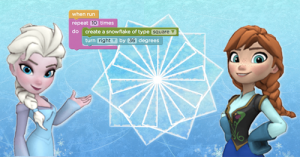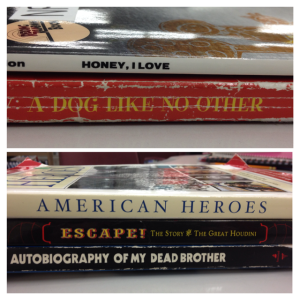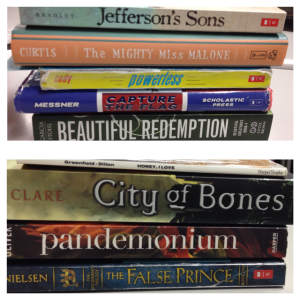This week I assigned my eighth grade English I students their first writing assignment – a 100 word story. Our theme for this course is “Chance, Choice, or Fate?” and I wanted students to start exploring the theme that we will come back to again and again this year. Starting off the school year with a personal narrative, and a really short one at that, is engaging and doable for my students!
This is one of the stories I have written in the past and share with my students as an example:
Taco Tuesday*
In hindsight, I had definitely used the wrong tool for the job. A three second decision had cost me a three hour visit to the emergency room. While prepping for Taco Tuesday, I decided to make my famous guacamole. Grabbing a knife from the drawer, I quickly clenched an avocado in the palm of my hand and aimed for the pit. A blood curdling scream brought my husband racing into the kitchen, only to behold the knife in my middle finger and the pit still in the avocado. I was about to get three stitches and Taco Tuesday was cancelled.**
*Titles don’t count towards the 100 words for my students, but they can if you want them to.
** Did you know that avocado hand injuries are a thing? And on the rise? Tip from a survivor? NEVER EVER google Avocado Hand Injury Images. Here’s a safe article with no gross images though to prove my point: Avocado Hand Injuries
Students turned their stories in on Google Classroom and the next day I had them share with two classmates to get feedback. It took about 10 minutes and students were happy to have the feedback before I looked at their work.
Here’s the rubric I made to grade this assignment – the language is from Ohio’s ELA standards.

100 word stories are a great first week assignment for writers. I learned about my students’ personal lives, got some insight into their writing skills, and it is a writing assignment that can be graded in a relatively short amount of time. At the beginning of the school year, that is a huge teacher win if you ask me!!
I’d love to hear what your writers’ first writing assignment is for the school year! Please share below!



















